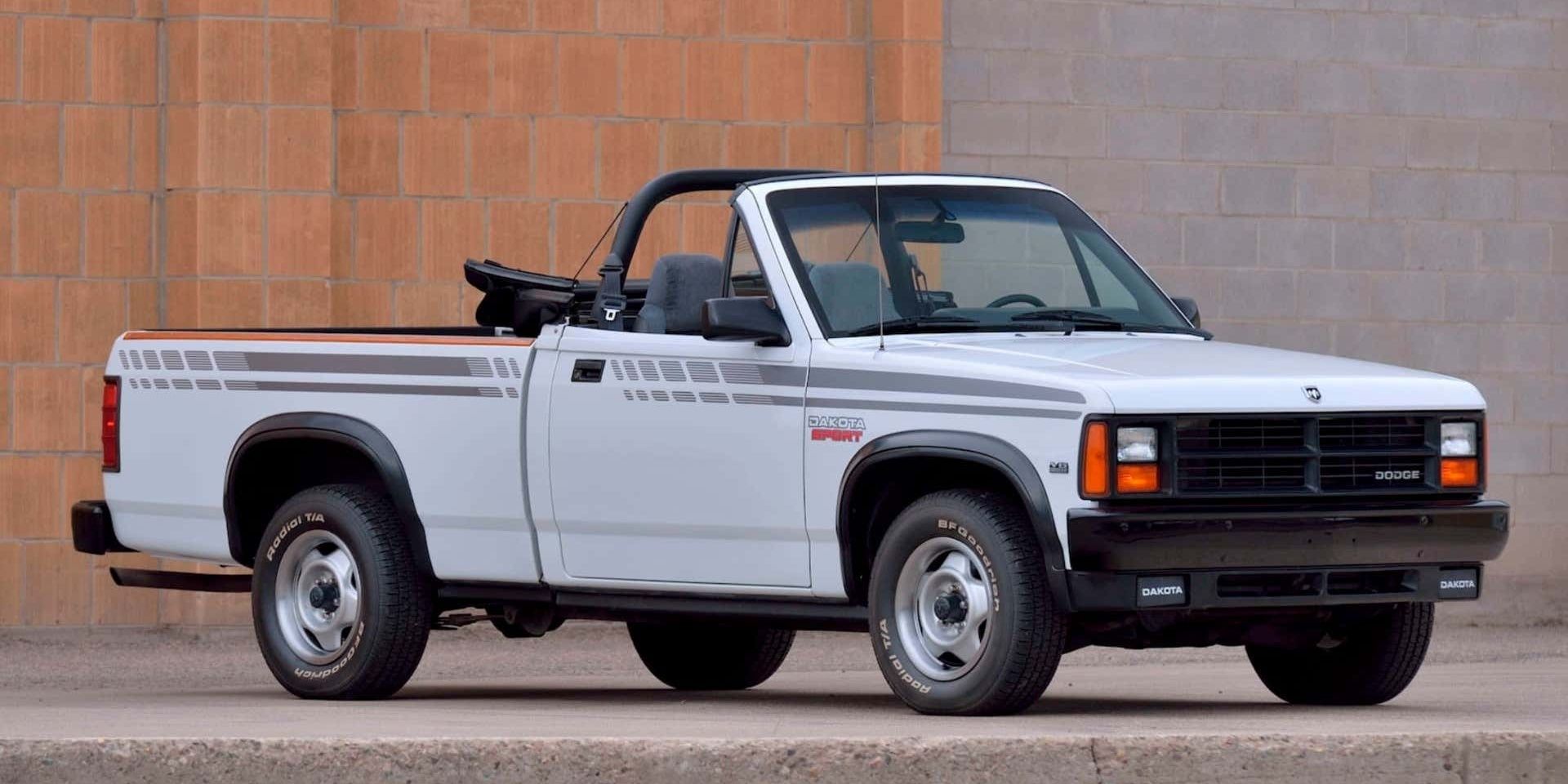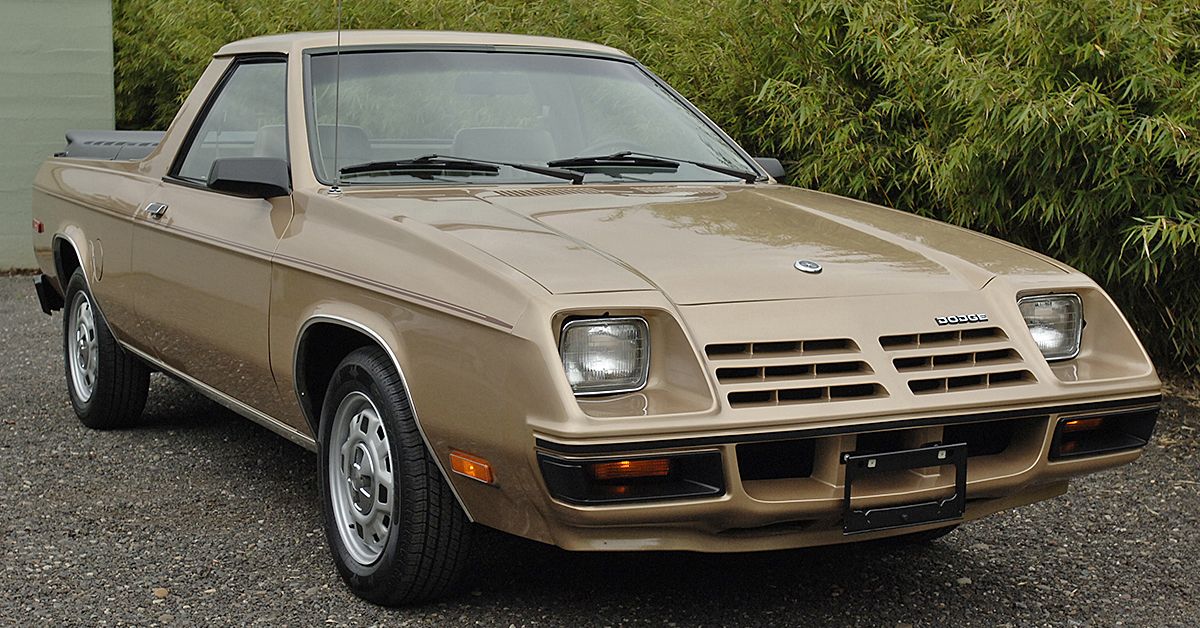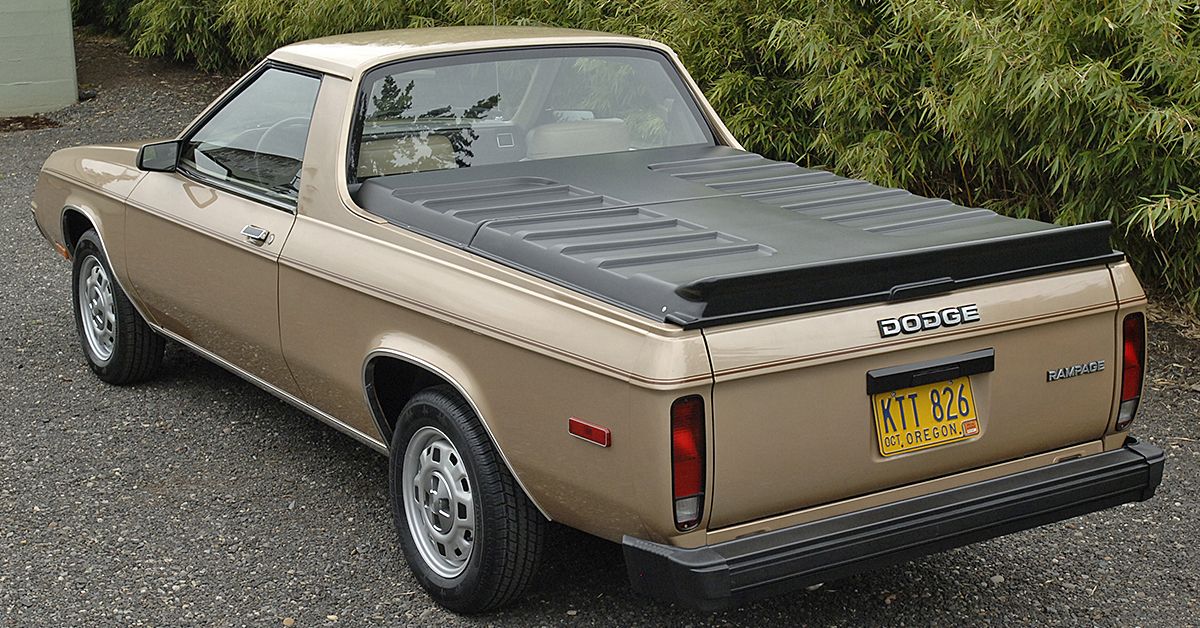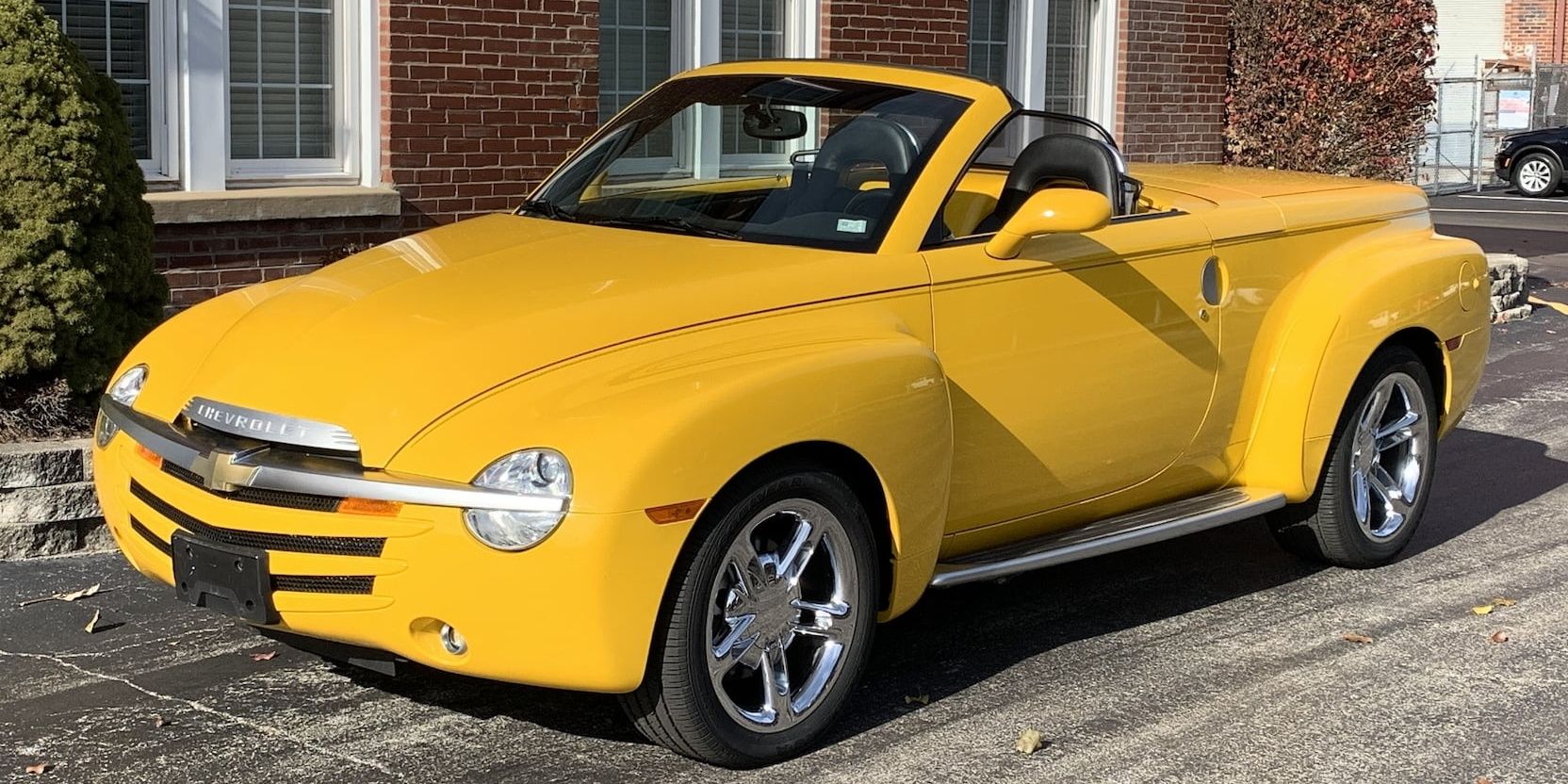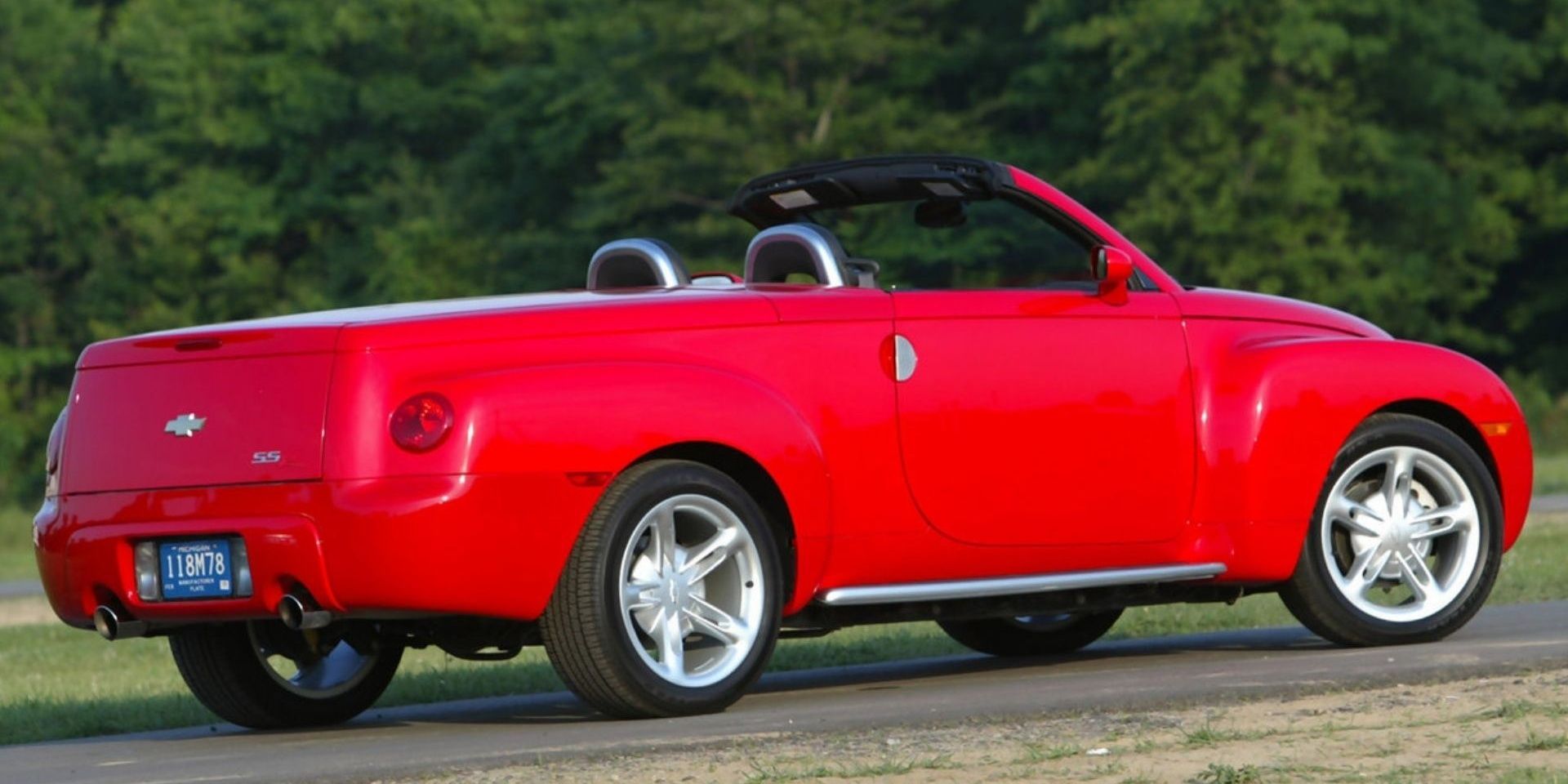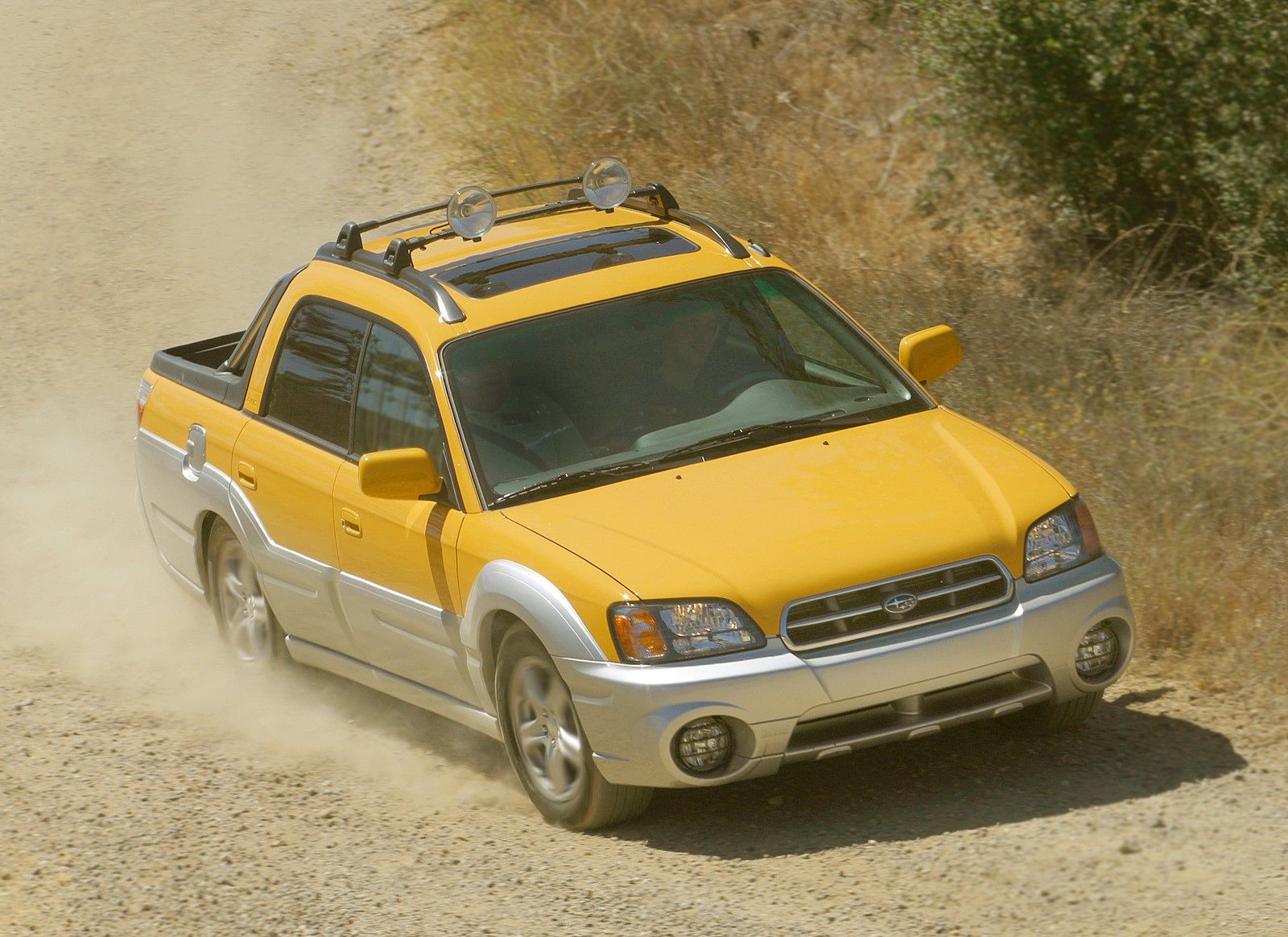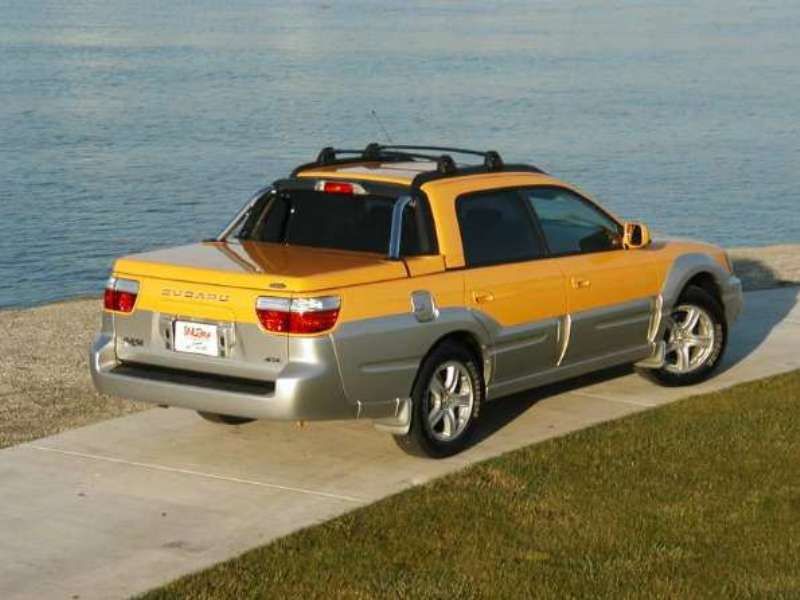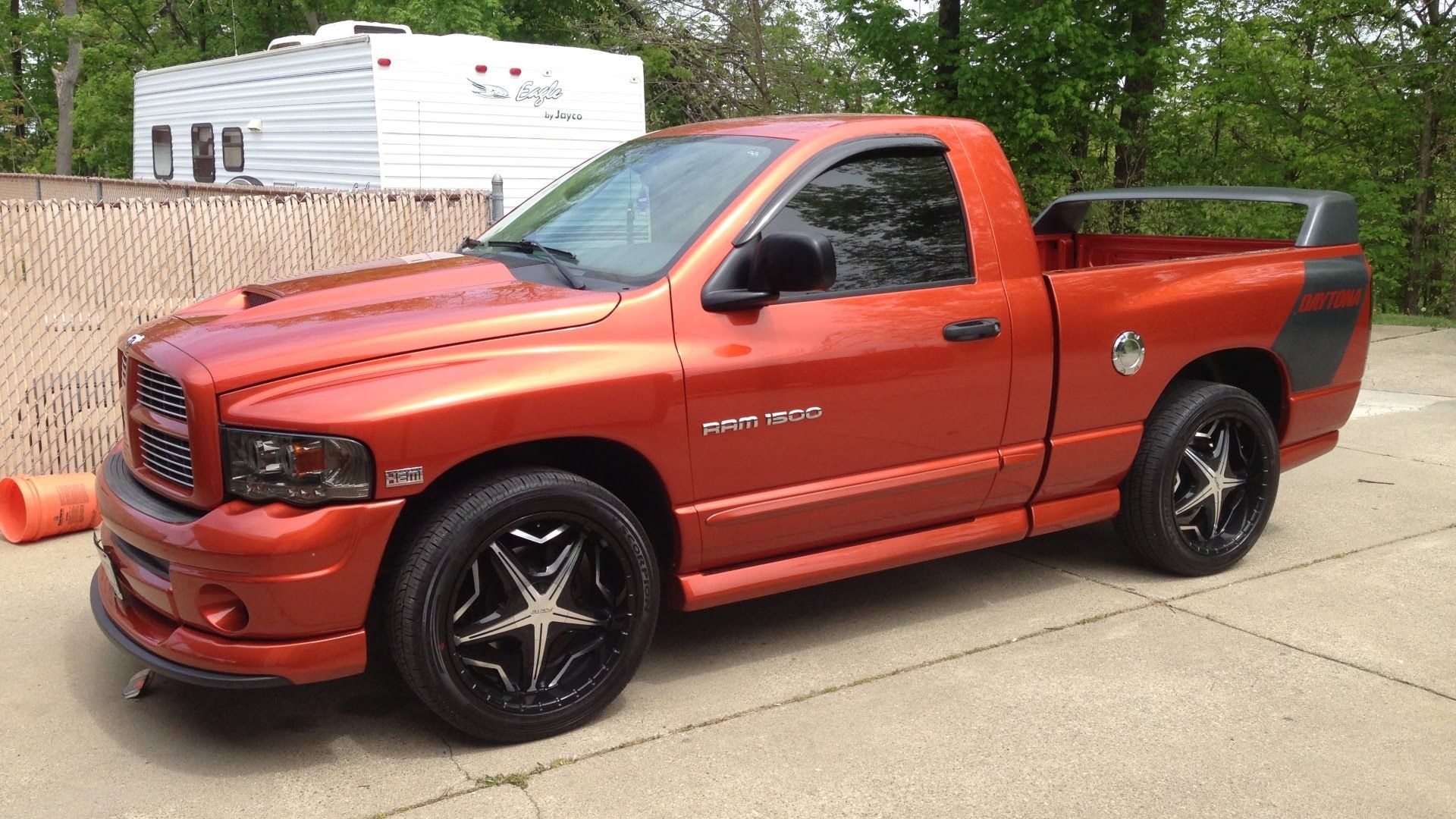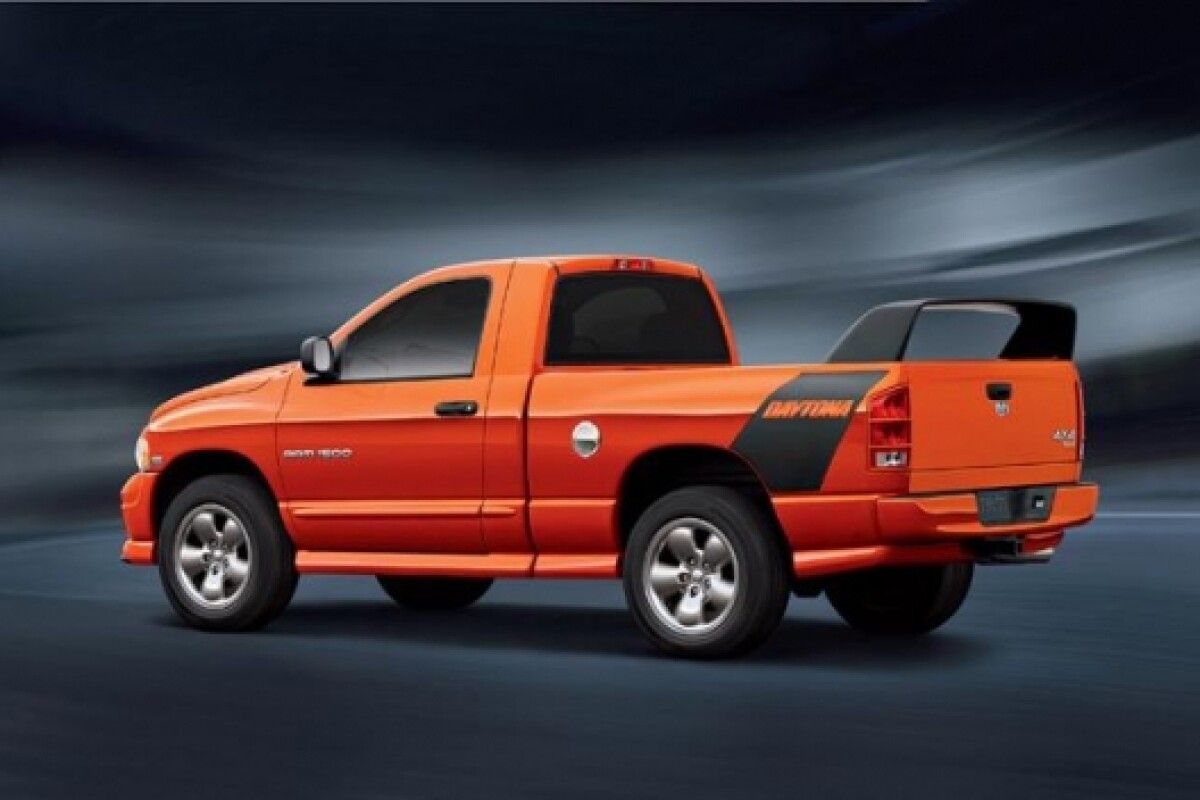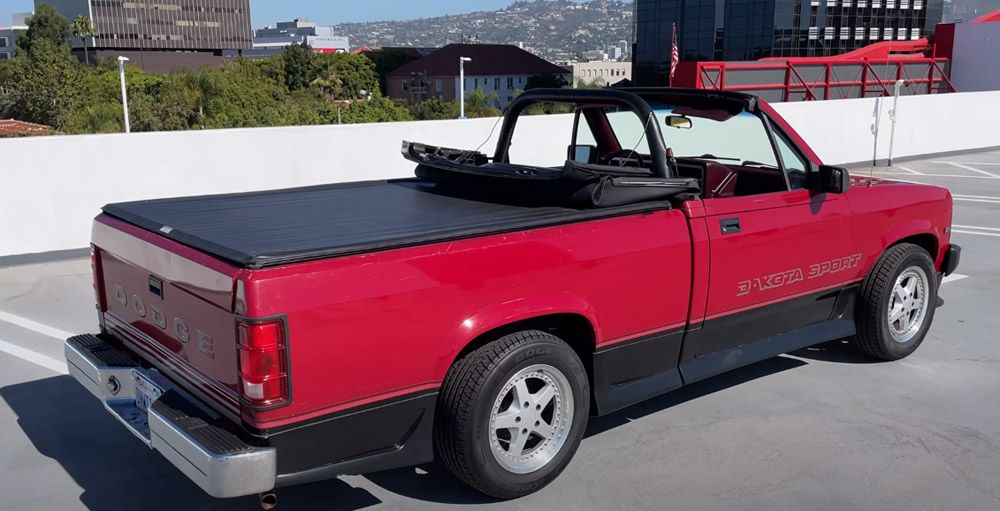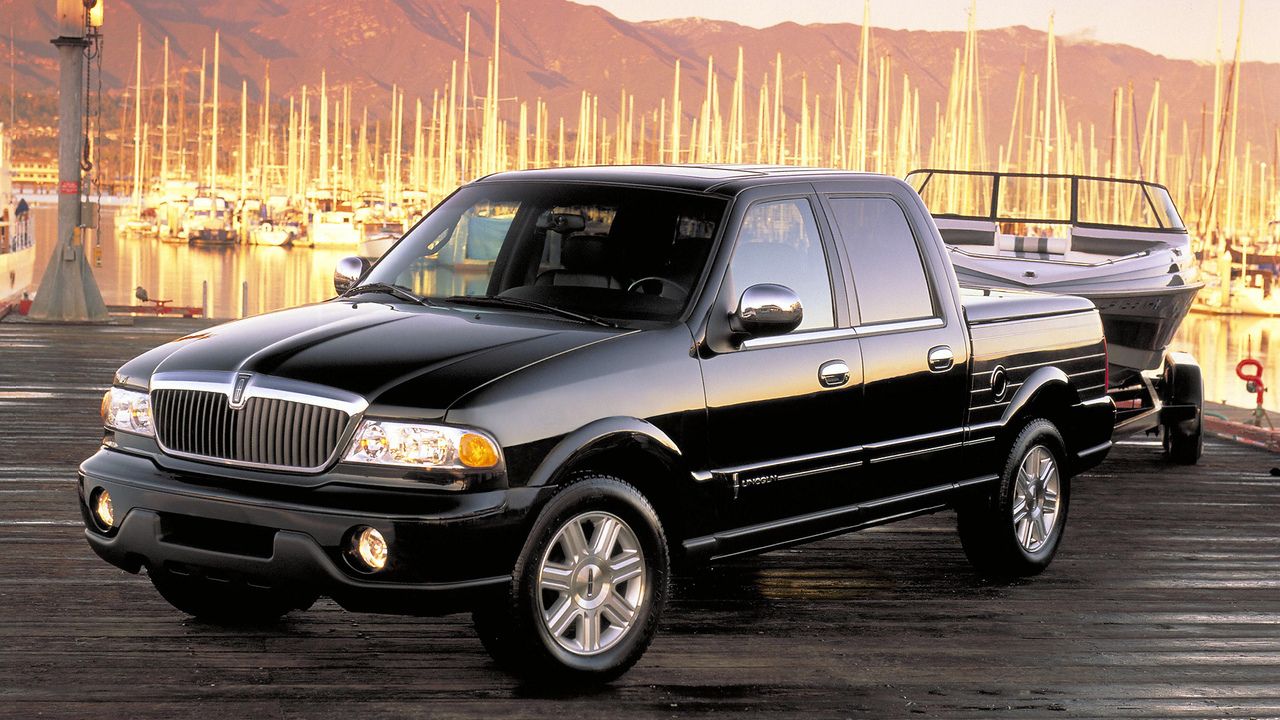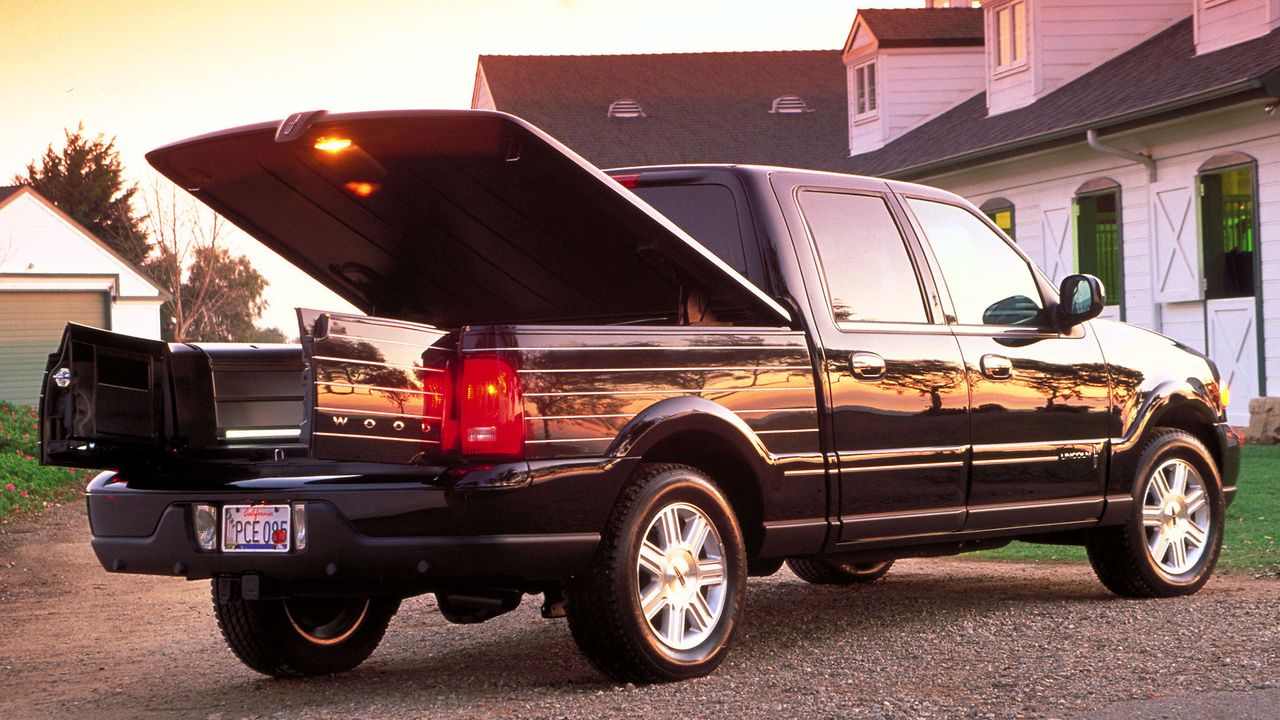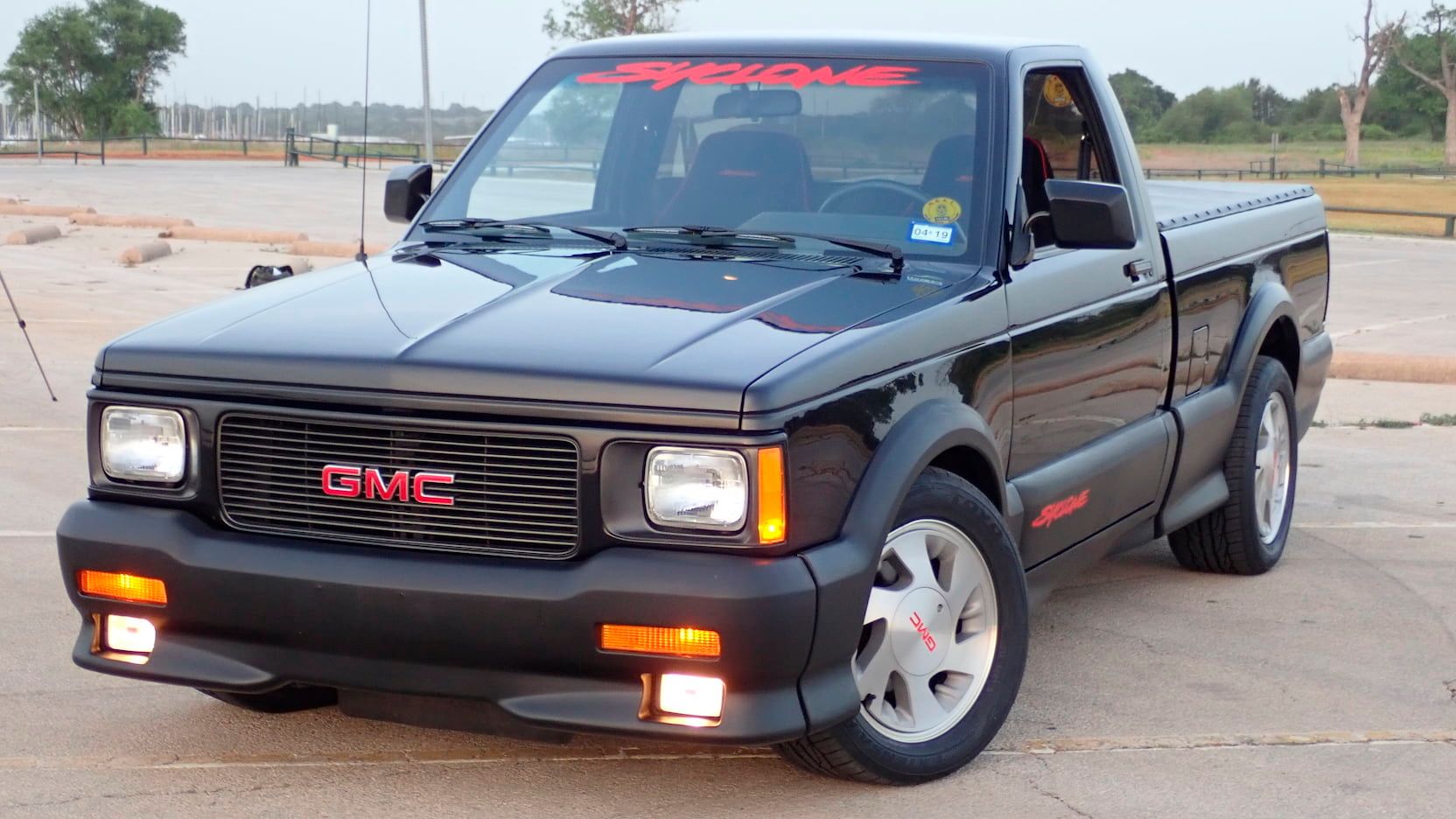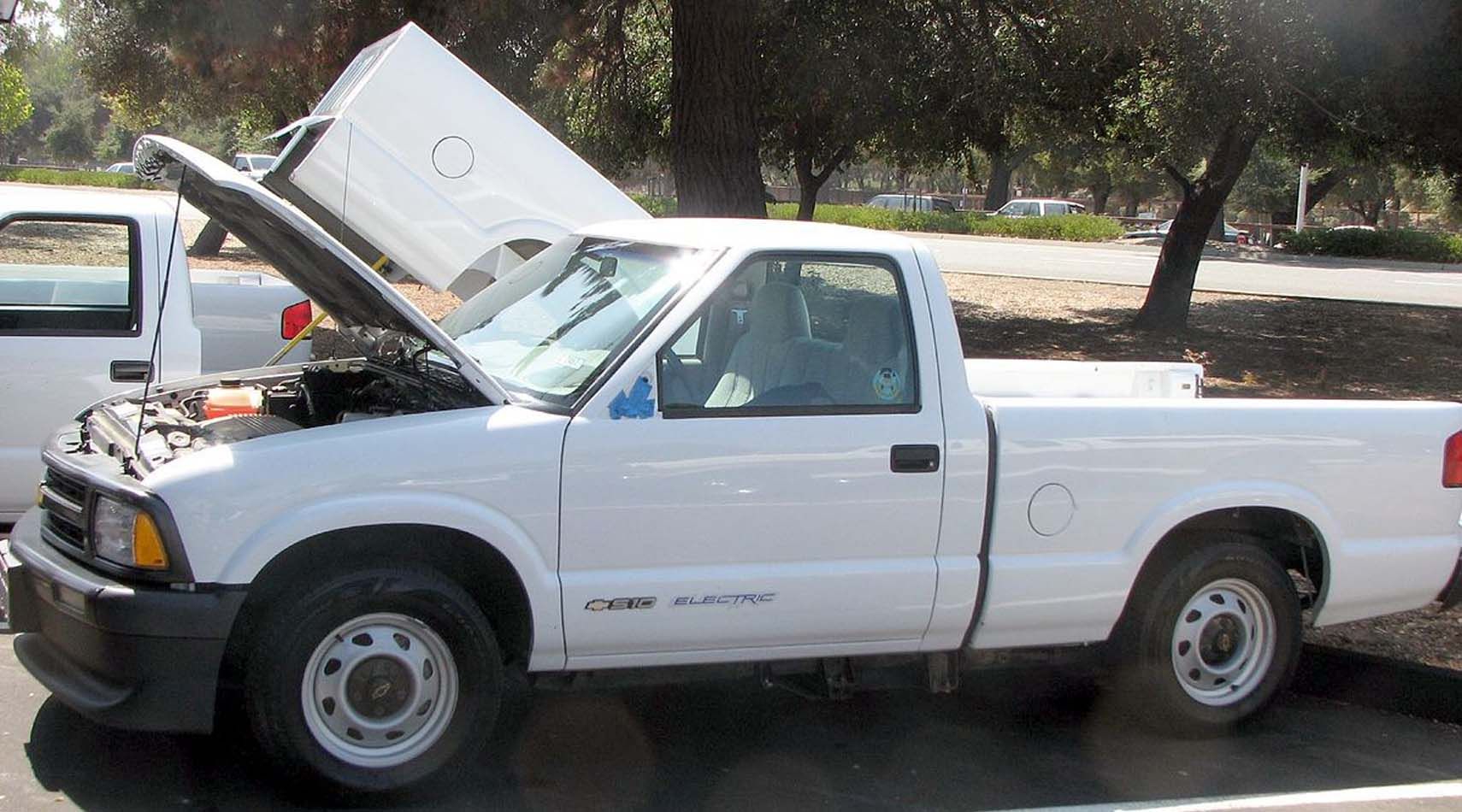Pickup trucks tend to be decent sellers for companies. Even some of the poor ones like the Chevrolet Avalanche can still manage to last years for some pretty decent numbers. But when a truck flops, it can flop hard. It's not just in sales either, as several are notable as trucks that had a lot of hype only to not only fall below expectations but completely shatter records the wrong way.
The shame is that a few of these are actually good pickup trucks and should have become much bigger successes. They had all it took from the engine to power but never connected. Then there are ones that were bad already, and no wonder they never became a hit. These are eight of the biggest pickup truck flops in American car history and notable for how a few deserved their fate while others didn't.
8 Dodge Rampage: 37,401 Sold
For a great name, the Rampage didn't quite live up to its potential. In just two years, Dodge barely moved over 37,000 and the latter is only because the similar Plymouth Scamp was discontinued.
It wasn't a bad performer with a half-ton carrying weight and the engine spiffy yet the fact it looked like someone welded a flatbed to a coupe didn't help. There's talk of reviving the nameplate but the Rampage was never the seller Dodge wanted.
7 Chevrolet SSR: 24,112 Sold
What Chevrolet was going for here remains baffling. Pickup truck buyers and sports car owners are two very different types, they rarely have cross-appeal. So trying to make a pickup convertible to appease both sides was doomed to fail.
Once more, the shame is that the SSR could have been a fun convertible sportster with a spiffy engine and capable of being a good seller. But trying to market it as a pickup was terrible, the sales faltering with barely nine thousand for the first year. They kept going down, so after 24,150 units, the SSR was put to bed as proof not all hybrids work right.
6 Subaru Baja: 30,000 Sold
Yes, Subaru but built in the U.S. so it counts. There's hubris, and then there's Subaru openly boasting that the Baja was likely to move at least 24,000 units a year. Over the four years it existed, it barely sold 30,000 in total. The reasons were plentiful, from the poor design to the weak engine and nowhere near the promised utility performer.
Subaru tried with an engine upgrade and while it wasn't bad as a regular car, it sorely lacked as a pickup for long hauls. The Baja remains Subaru's biggest sales disaster, and its stain continues to hurt an otherwise good company.
5 2005 Dodge Ram Daytona: 8,698 Sold
Numbers can vary on the 2005 Dodge Ram Daytona, but it's generally agreed it never got above 11,000 made and far less sold. The reason for that is pretty clear: The spoiler. Why the designers decided to put a massive spoiler, that couldn't be removed, on top of this car never made any sense.
It's a shame as the Daytona offered a good performance with a great engine and hauling power. But trying to fit anything into it was a nightmare and little wonder it had to be redesigned. That spoiler really did ruin an otherwise promising pickup.
4 Dodge Dakota Convertible: 3,759 Sold
By 1989, the Dodge Dakota was in trouble, the sales falling to barely 9,000 units a year and a change was needed. Was it to try and improve the engine and hauling power? No, it was to turn the Dakota into a convertible.
Yes, Dodge thought pickup owners would jump at the chance to get an already tricky truck, even one with a good V8. The fact the "roof" was basically a vinyl covering and the flatbed weak didn't help so this version of the Dakota didn't even get to four thousand units over two years. Somehow, the "pickup convertible" idea just didn't seem to die.
3 Lincoln Blackwood: 3,356 Sold
One of Lincoln's all-time biggest flops, the Blackwood had the ingredients to be good. There was a fine V8 engine, good suspension, handling, even in the interiors were well done. It had good hauling power too and should have worked. But then there was the trunk.
As in, an actual trunk rather than a regular flatbed with carpets, not the type of pickup for long hauls. Lincoln had huge hopes but the Blackwood bombed, selling just 3,356 units, which is far lower than expectations and thus a huge flop despite all its great promise.
2 GMC Syclone: 2,998 Sold
Every now and then, a car comes along that should have been a massive hit and wasn't. The GMC Syclone fits that bill. How a pickup truck that in 1991 could literally outpace a Ferrari didn't sell like hotcakes remains a huge head-scratcher. The 4.3l V6 could get a whopping 280 hp, far better than any of its competitors of the time.
Okay, the top towing power of just two thousand pounds was tricky, but otherwise, the Syclone seemed a fantastic ride. Yet barely three thousand were produced before it ended. Today, it still holds up to mark a vehicle that should be remembered far better as a success than a costly failure.
1 Chevrolet S-10 Electric: 60 Sold
The problem with electric cars in the 1990s was the lack of technology to make them work. The S-10 EV truck was intended to lead a new generation of high-powered vehicles, but sadly, the inability to charge it properly led to issues.
The motor could produce 114 hp at best, making for a slow ride that could be hard to handle. That was matched by a zero to 60 time of 14 seconds and 70 mph top speed. Some upgrades helped, but in the end, only 60 were sold, mostly to fleet customers to make the S-10 another failure for the early electric trend.

